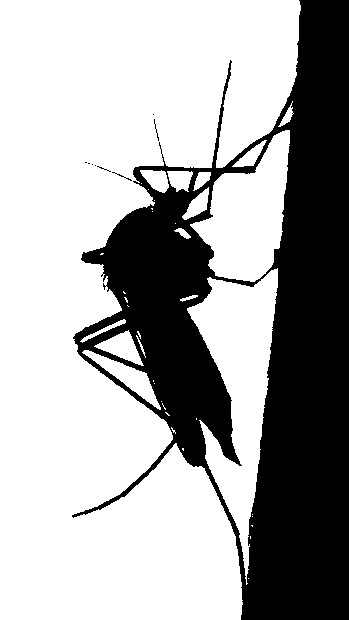Unsealed tanks slammed
 Unsealed rainwater tanks have been linked to Dengue outbreaks.
Unsealed rainwater tanks have been linked to Dengue outbreaks.
The Aedes aegypti mosquito infects hundreds of millions of people around the globe each year with dengue, Zika, chikungunya and yellow fever.
In Australia the mosquito is found mostly in North Queensland but also exists in a number of towns in the Wide Bay region closer to Brisbane.
“Previous studies had suggested that conditions in Brisbane were inhospitable for the species during winter, but our findings show that rainwater tanks could provide year-long protection for the Aedes aegypti mosquito in Brisbane and other sub-tropical areas of Australia,” CSIRO scientist Dr Brendan Trewin said.
It is believed that more than 40 per cent of Brisbane properties now have rainwater tanks, though this number could be much higher as there is no formal registration or monitoring procedure.
“The last time Brisbane had significant Aedes aegypti and dengue epidemics they also had a lot of unsealed rainwater tanks, and our research suggests it was the decision to remove these tanks in the 1950s that was one of the keys to driving the disease-carrying mosquito out of the city,” Dr Trewin said.
“We are not suggesting that rainwater tanks should be removed, but we think it is important for people to be aware that if their rainwater tanks are not maintained properly, large areas of Southern Australia may see the return of the Aedes aegypti and other exotic disease vectors, bringing with them potentially serious implications for Australian public health.”
Dr Trewin said many people were unknowingly adding to the risk by make modifications to their tank like removing the sieve that collects leaves from the roof and gutters, or adding modified downpipes.
“Biosecurity is just as important in the backyard, as it is at the border,” he said.
“People need to check to make sure their water tanks are compliant, fully sealed and not capable of allowing mosquitoes in or out of their tanks.”
Researchers measured mosquito survival and development during simulated Brisbane winter conditions in rainwater tanks and buckets and found that 70 per cent of mosquito larvae survived to adult hood in water tanks, and 50 per cent in buckets.
QIMR Berghofer Medical Research Institute Associate Professor Greg Devine said each year, hundreds of people arrived in Australia infected with dengue and other infectious diseases which could be transmitted by the Aedes aegypti.
“These noncompliant tanks pose a real risk of becoming Aedes aegypti habitats and breeding sites, which could lead to outbreaks of dengue, chikungunya and Zika to a population that has no immunity to these diseases,” Associate Professor Devine said.







 Print
Print